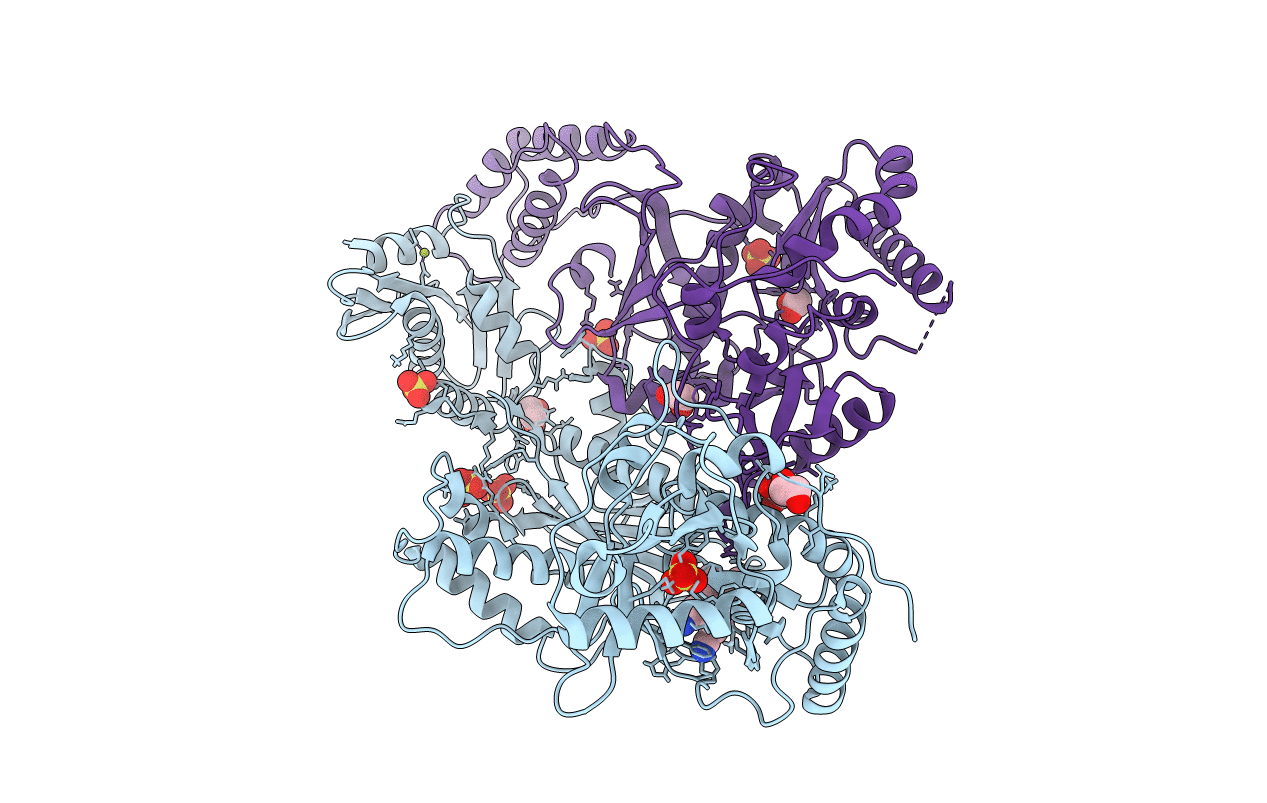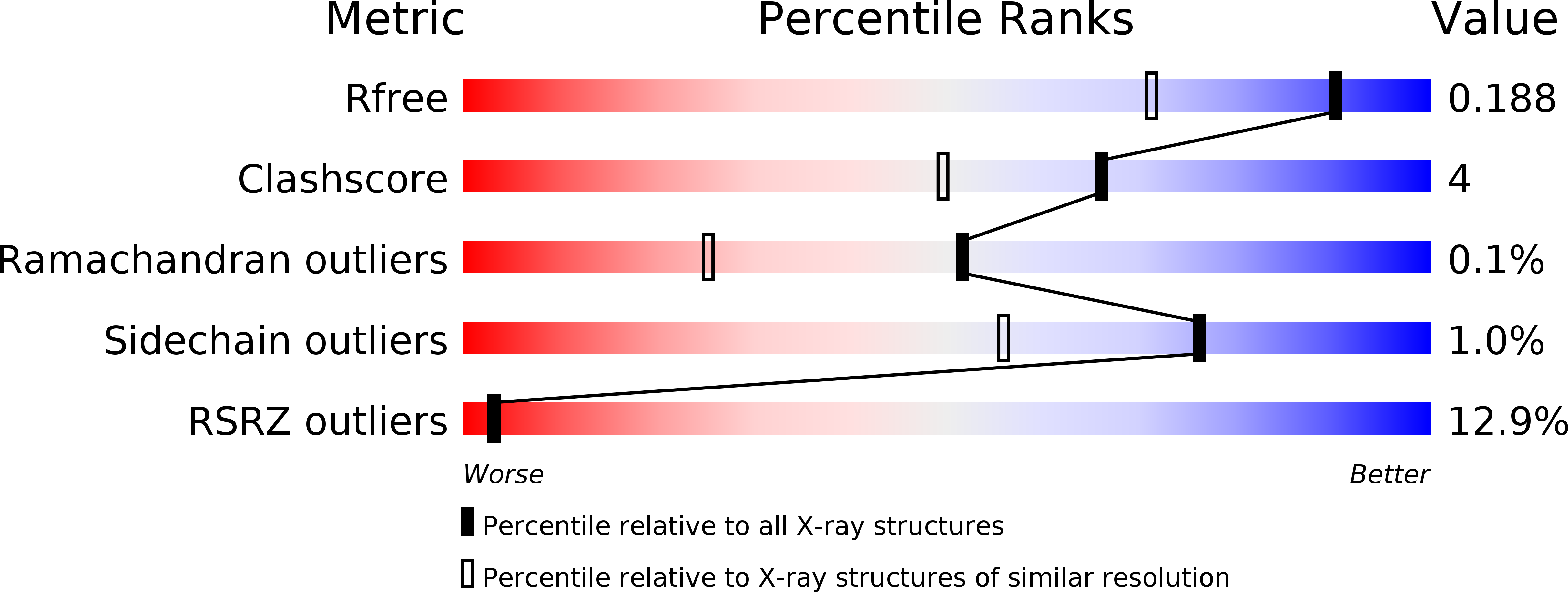
Deposition Date
2012-07-11
Release Date
2013-02-06
Last Version Date
2023-09-13
Entry Detail
PDB ID:
4G1Q
Keywords:
Title:
Crystal structure of HIV-1 reverse transcriptase (RT) in complex with Rilpivirine (TMC278, Edurant), a non-nucleoside rt-inhibiting drug
Biological Source:
Source Organism:
Human immunodeficiency virus type 1 (Taxon ID: 11678)
Host Organism:
Method Details:
Experimental Method:
Resolution:
1.51 Å
R-Value Free:
0.19
R-Value Work:
0.15
R-Value Observed:
0.15
Space Group:
C 1 2 1


